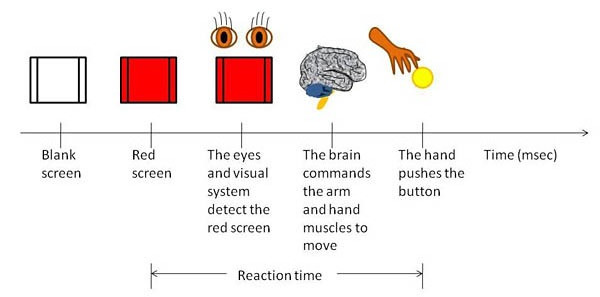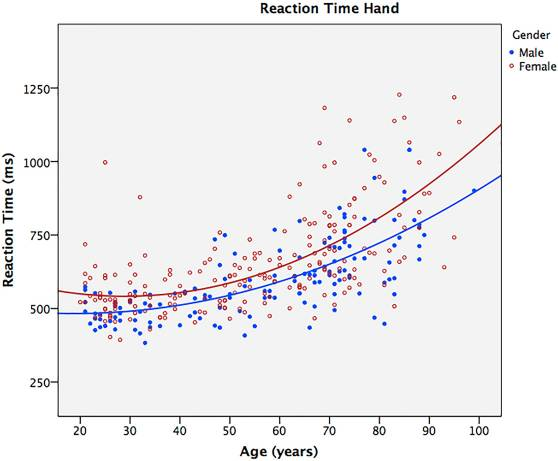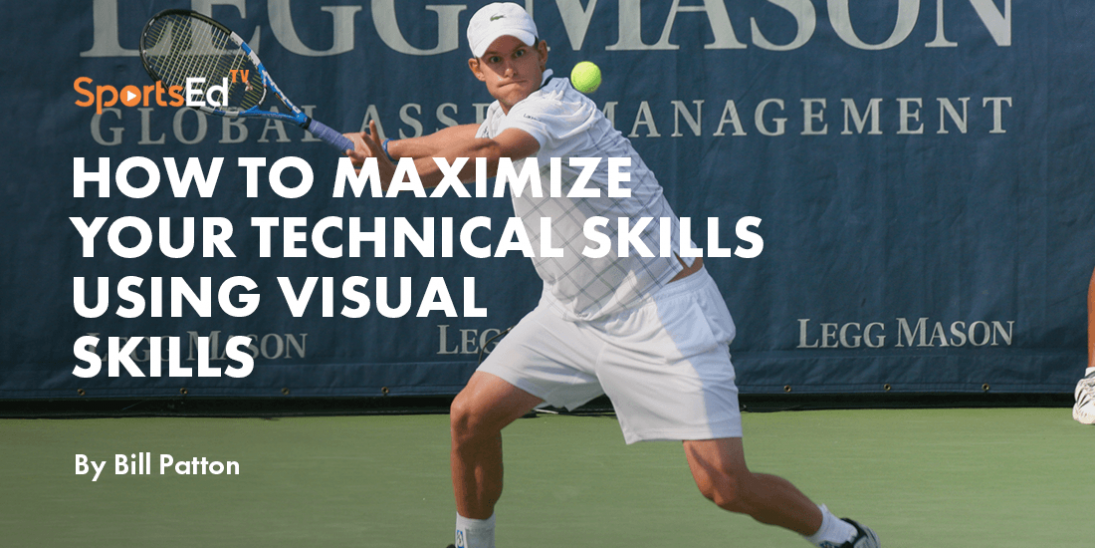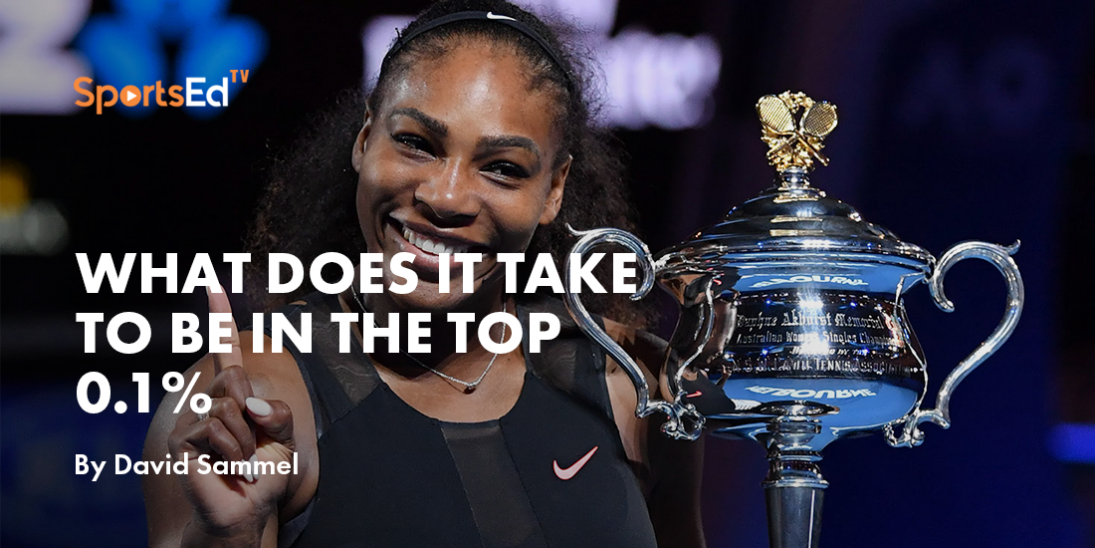Tennis
Welcome and thanks for visiting...

Saving Time, Managing Space For Best Performances
Once you know how to hit the ball at all, everything else on a tennis court is about saving time and space, and/or taking them from your opponent. How would you like to get every ball without having to run faster? How would you like to get more balls at a smooth, under control pace? Would you like more time to get into the most efficient possible position to hit great shots? Do you want to decrease your errors and increase the errors your force in your opponent? Sounds too good to be true? It’s not. First, you have to admit that there is something that you are not quite doing right on the tennis court. Almost 100% of the players I meet for the first time think they are seeing the ball out of the opponent’s racquet, but their definition is off by a little or a lot. It’s off by a little when they still pick up the ball fairly early in its flight, and those are usually the 4.0/4.5 players. The players really struggling are the ones who only give a casual glance, then they are the ones for whom the ball seems like a surprise. It’s like your asking yourself how the ball got there so quickly, or you have an ‘uh oh’ moment, because all of a sudden it’s way over there, or it’s a mishit ball that barely cleared the net. The problem of slow reactions, poor ball recognition, and being ill prepared to play the strategy you want to play is one of seeing the ball too late.

Reaction Time
Immediate Accurate Decisive Action Is The Goal
You can see the ball on time, or late coming toward you, there is no early. The word anticipation is not a great one, because there is an element of guessing that happens, and when you guess wrong, then you find yourself out of position. Yes, of course, there are a handful of times on a tennis court where you are so far out of position that you have to guess, or you can sprint to the open court, simply to try to get your opponent to change their shot. Those are the exceptions, those are not the strategy of how to see the ball better and respond to it more quickly. Your mindset should be one of reading and reacting. You may be a person who does not have the fastest reactions to visual stimulii and we are all different, but even if you have lightning fast reflexes and can see quickly, you most likely will need to train your first response. I have yet to meet a player on court who did not need to train their response to the ball. Sometimes I use ‘molasses in January’ to describe their movement, a thick liquid in a cold environment does not move like mercury.
There is a finite amount of reaction time that simply is not conquerable. Mininum it takes .04 of a second for the impulse of seeing an object to trigger the ability to respond. For some it’s longer, and I don’t want to go down the rabbit hole about whether that can be trained, but suffice it to say that if you are 100% healthy, eating right, fit and have good or well adjusted vision, then you have probably maxed out your ability to have the fastest possible finite reaction time. However, the trained decision making response time is what most people don’t realize that they have much more control over in how they play. You can urge yourself on to do better in this regard. Great coaches and players have been subjected to an almost ‘simon says’ approach to making the first move. The coach will hold a ball up in the air, and when they move it from one side to the other, then players have to quickly prepare and maybe even take a first step in that direction. In practice, you might find that you have to push yourself to make your first move immediately after seeing the ball.
Move With The Blur
So now, finally, what to do? Use scanning skills, because people try to focus too much, and we will get into that more later. Scan to the other side of the net, so that you can take in the whole player in your eyes, while giving your attention to the ball coming out of their frame. When you see the ball going into and out of their frame, while also seeing their relative body position, your brain takes in many tiny cues, and you see better read what kind of shot is coming. Vic Braden, the face of sports science in tennis for many years, shared that once the ball is out of the frame of the opponent by 2’, that your brain with 95% accuracy knows where it’s going. So that means that within a few feet, you know where to run. Watch professionals and see how quickly they respond to the ball out of the opponent’s racquet. See the ball out of the frame, every time, and push yourself to have the quickest possible reactions and you can save a lot of time and space on every shot, and take advantage of many more opportunities to take away time and space from your opponents. As you continue up the ranks, as the ball speeds and spins up more and more, then you will need to advance your ball recognition, reaction and first step skills. It gets a lot more fun when you do.
 Reaction Time Graph
Reaction Time Graph
Assume That You Can Improve
Now, maybe you are one of those people who says, “I already do that?”. If so, just humor me, because most people I work with think they are doing exactly that, until I show them that they are not paying 100% attention to contact through scanning, and/or their first move is slow. So give it a shot, and ask your coach if you are maximizing your response time. This issue is one of the most fundamental differences between good and great players, so take full advantage and become a great player. Someone might even ask you the question ‘How do you do that?’
Find All Bill’s Contact Information HERE




